
Patios, Walkways & Driveways
We unite suppliers and green industry professionals worldwide
The Dandelion Mammoth is the larger and stronger version of the common dandelion. It is liked by gardeners, herbalists, and farmers. The plant is loved by people because of its size and useful qualities. It is a perennial herb that would do well in most c
By Mariam Scott
|Published on September 17, 2025
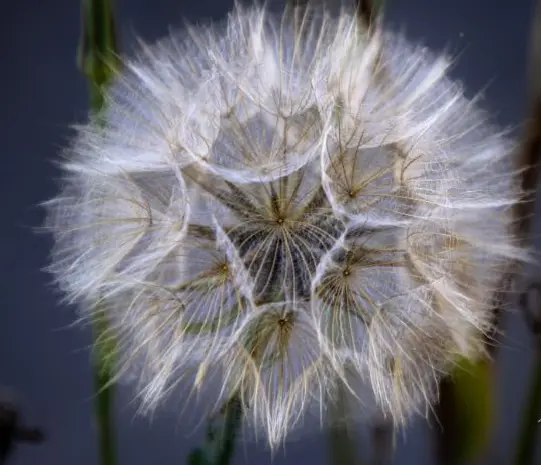

The Dandelion Mammoth (Taraxacum officinale) is the larger and stronger version of the common dandelion. It is liked by gardeners, herbalists, and farmers. The plant is loved by people because of its size and useful qualities. It is a perennial herb that would do well in most climates.
The Dandelion Mammoth, which has a long history of medicinal and culinary uses, is considered a highly favored plant in gardens and open fields. Its roots, leaves and flowers are highly nutrient-dense as they contain vitamins, minerals and other nutrients. Since early years, it has been used for several natural medicine purposes that include digestion problems, skincare, and anti-inflammatory properties.
| Scientific Name | Taraxacum officinale var. Mammoth |
| Common Names | Mammoth Dandelion, Giant Dandelion, Wild Lettuce (though it’s not related to true lettuce) |
| Family | Asteraceae |
| Genus | Taraxacum |
| Species | Taraxacum officinale |
| Cultivar | Mammoth |

September 18, 2025
10 minute read
September 17, 2025
9 minute read
September 17, 2025
20 minute read
September 17, 2025
20 minute read


Join as a seller and connect with thousands of B2B buyers nationwide!
Sign Up

Edamame
Edamame is a member of the Glycine genus in the Leguminosae (Fabaceae) family.
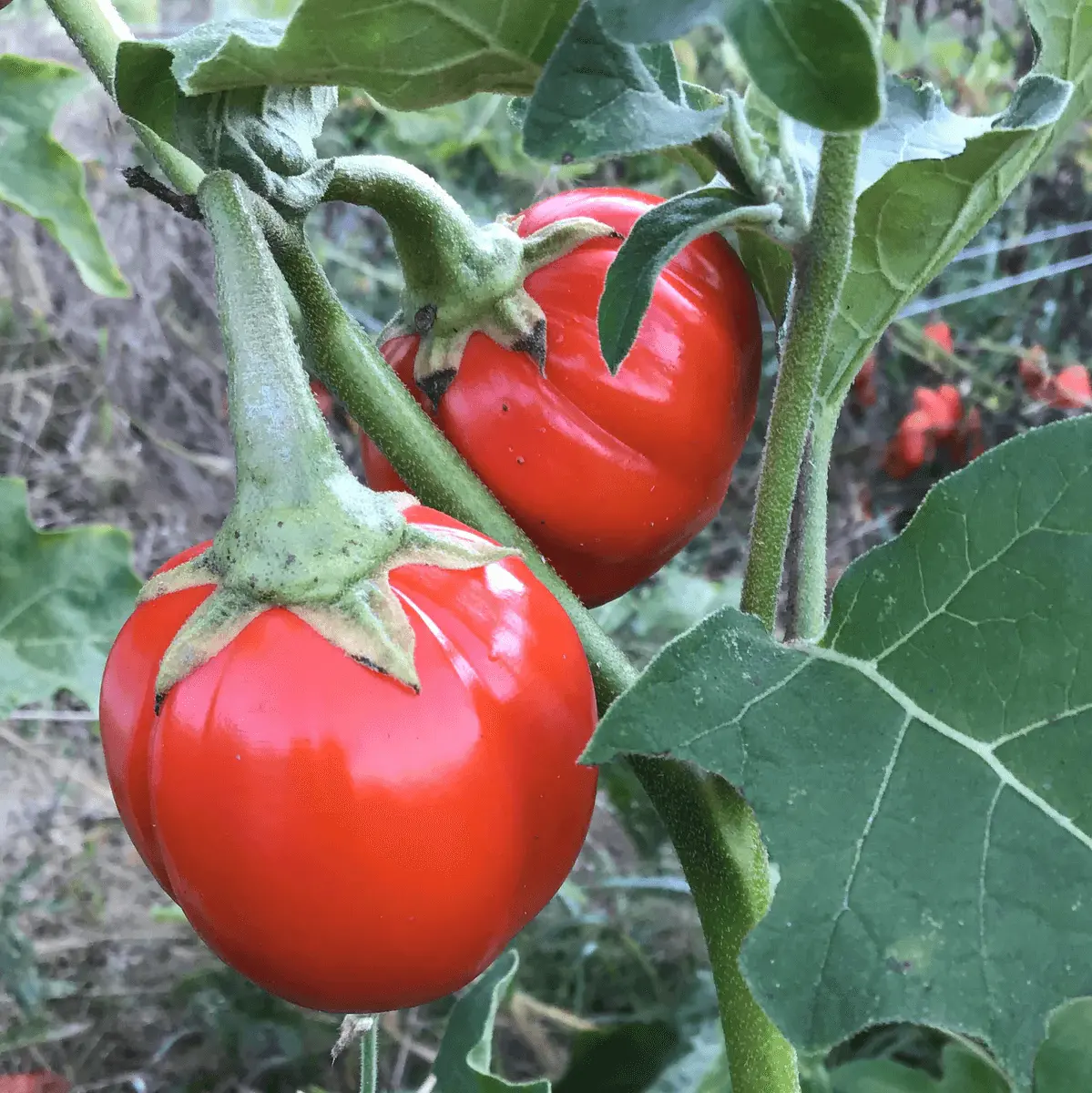
African Eggplant
The African eggplant (also known as garden egg, or Solanum aethiopicum) is a beautiful and nutritious plant that does very well in hot tropical places like parts of Africa and Asia. It bears small, round fruit that is red or orange when ripe but can also
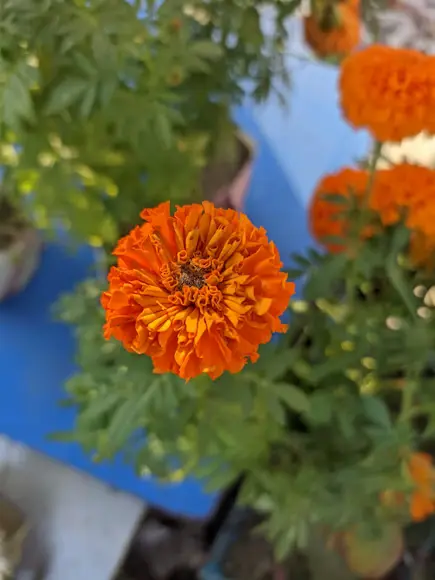
African Marigold
The African Marigold is a strong flower that is prevalent in many warm places around the globe. It is known for its big yellow, orange, or gold flowers, which are useful for gardens, borders, and cut flowers.

Bamboo
Bamboo is grown in various regions of the world and is a sustainable alternative to wood. One of the fastest-growing plants on Earth, some species of bamboo can grow up to 39.37 inches per day. People like it because it is incredibly strong, flexible, and
The Dandelion Mammoth's size and characteristics are notable, setting it apart from the small, usual dandelions believed to be weeds when they sprout up in lawns and fields. Here are a few key details about this plant:
The Dandelion Mammoth has numerous applications, from culinary to medicinal uses:
Dandelion Mammoth is a tough plant that can grow in almost any soil and weather conditions. The growing conditions of this plant are as follows:
Dandelion Mammoth seeds are a type of large seed with its unique qualities compared to the other dandelions. Here’s a closer look:
It is a little harder to get Dandelion Mammoth seeds to germinate but with the right conditions, they will grow.
When preserved in the proper manner, the seeds of Dandelion Mammoth remain in excellent condition.
The Dandelion Mammoth can be propagated by seed or root division:
In general, Dandelion Mammoth is a tough plant that has less issues with either pests or diseases:
Seed viability is maintained with proper storage:
The Dandelion Mammoth is a great plant that can provide some regular gardeners, herbalists and farmers with many advantages. This robust perennial plant has so many culinary uses, medicinal properties and is also valuable for the pollinators as well as the soil. Whether you’re growing it in the garden or field for its edible roots, leaves, or flowers, or simply as a beautiful yet low-maintenance garden plant, the Dandelion Mammoth is a great option.
Under ideal conditions, germination will occur in 7 to 14 days.
This is an easily grown plant but it can be extremely vigorous in the right conditions. If you plant it in the garden where it shouldn't take over other plants, make sure to manage its growth.
The roots, leaves and flowers are edible. The roots are often used in teas and as a coffee substitute; the leaves can be added to salads or soups.

Patios, Walkways & Driveways
Victor Miller

Pest Identification & Prevention
Victor Miller
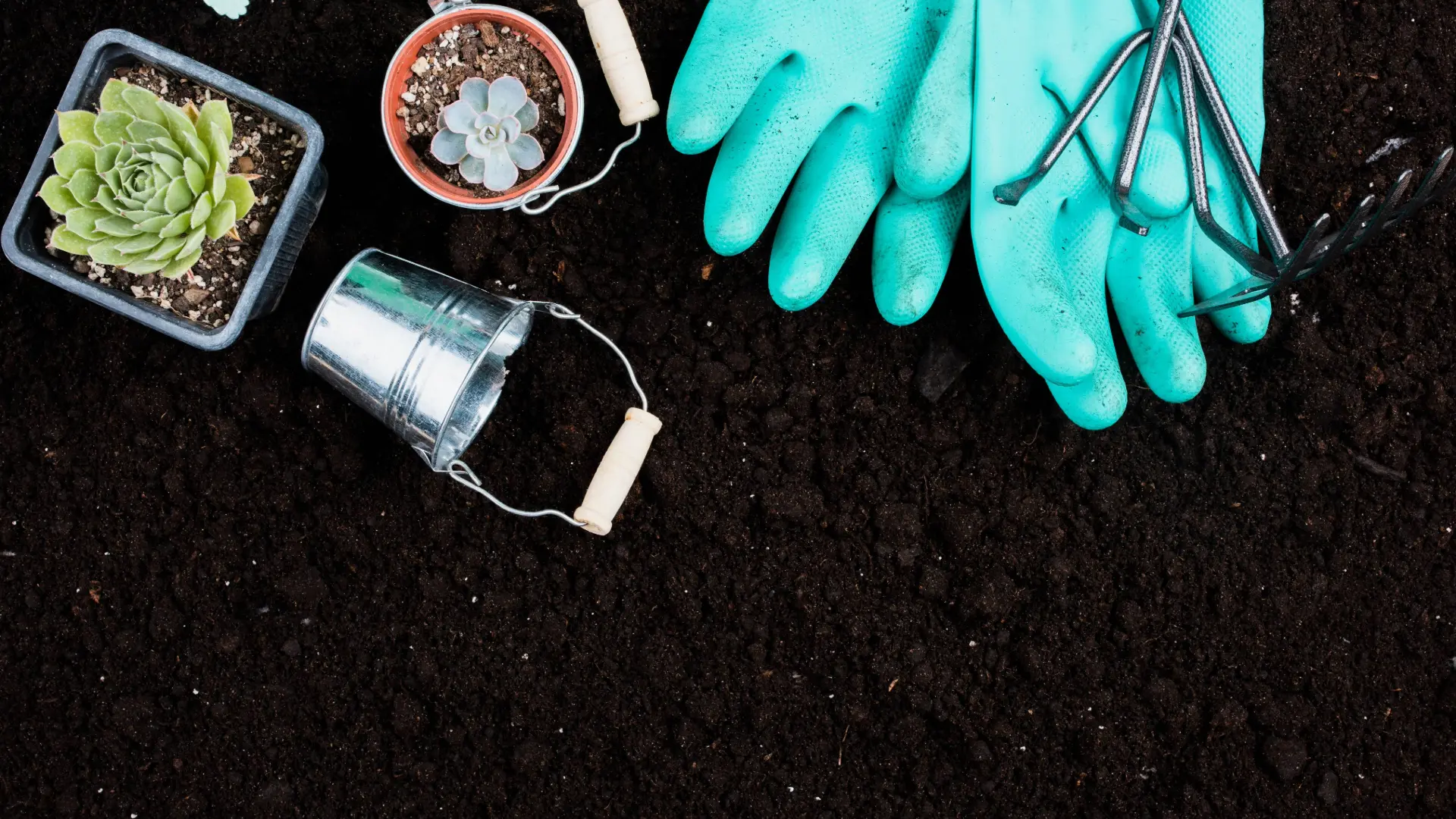
Soil Health & Fertilization
Gina Lazaarus
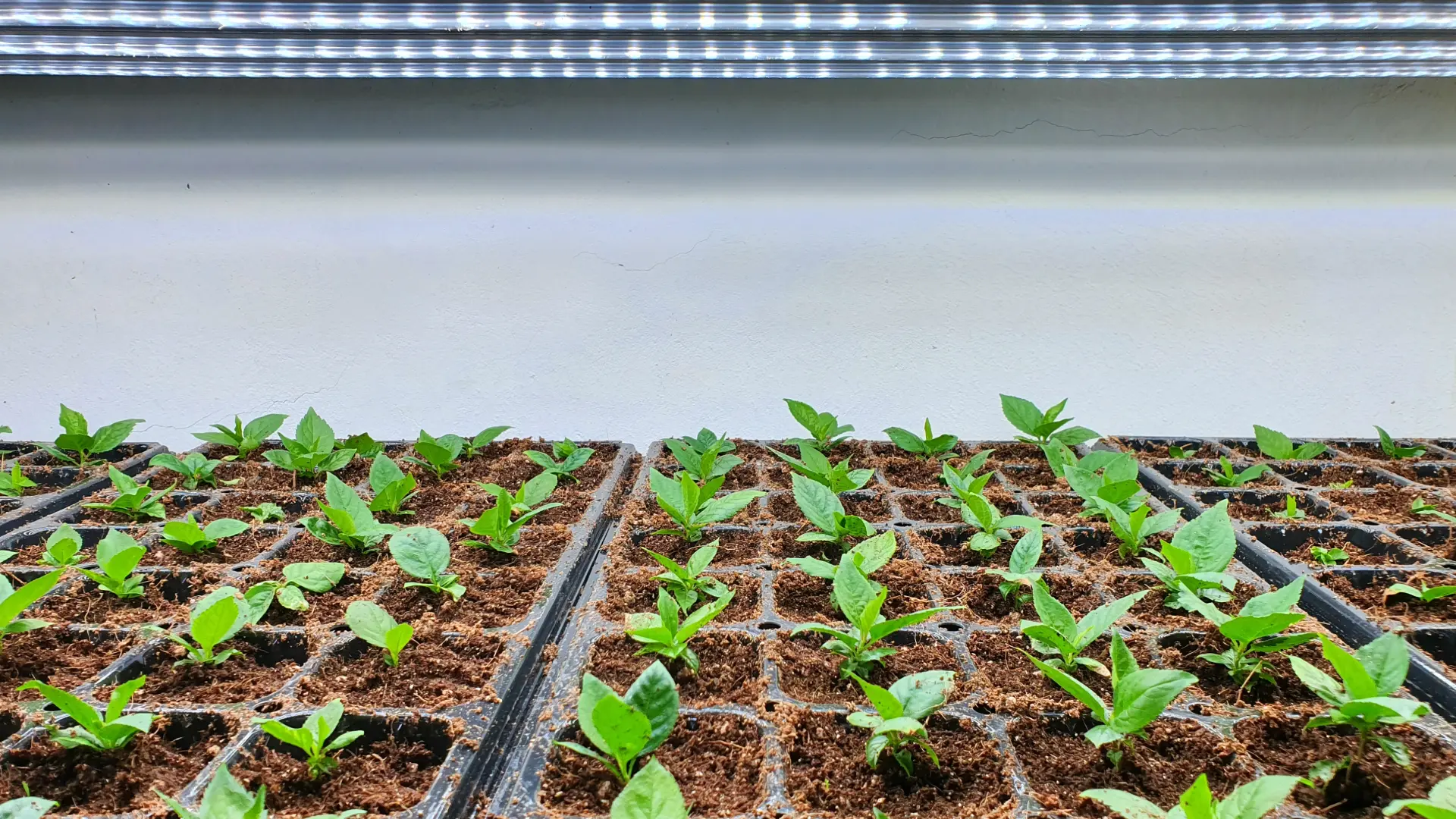
Lighting & Technique
Gina Lazaarus
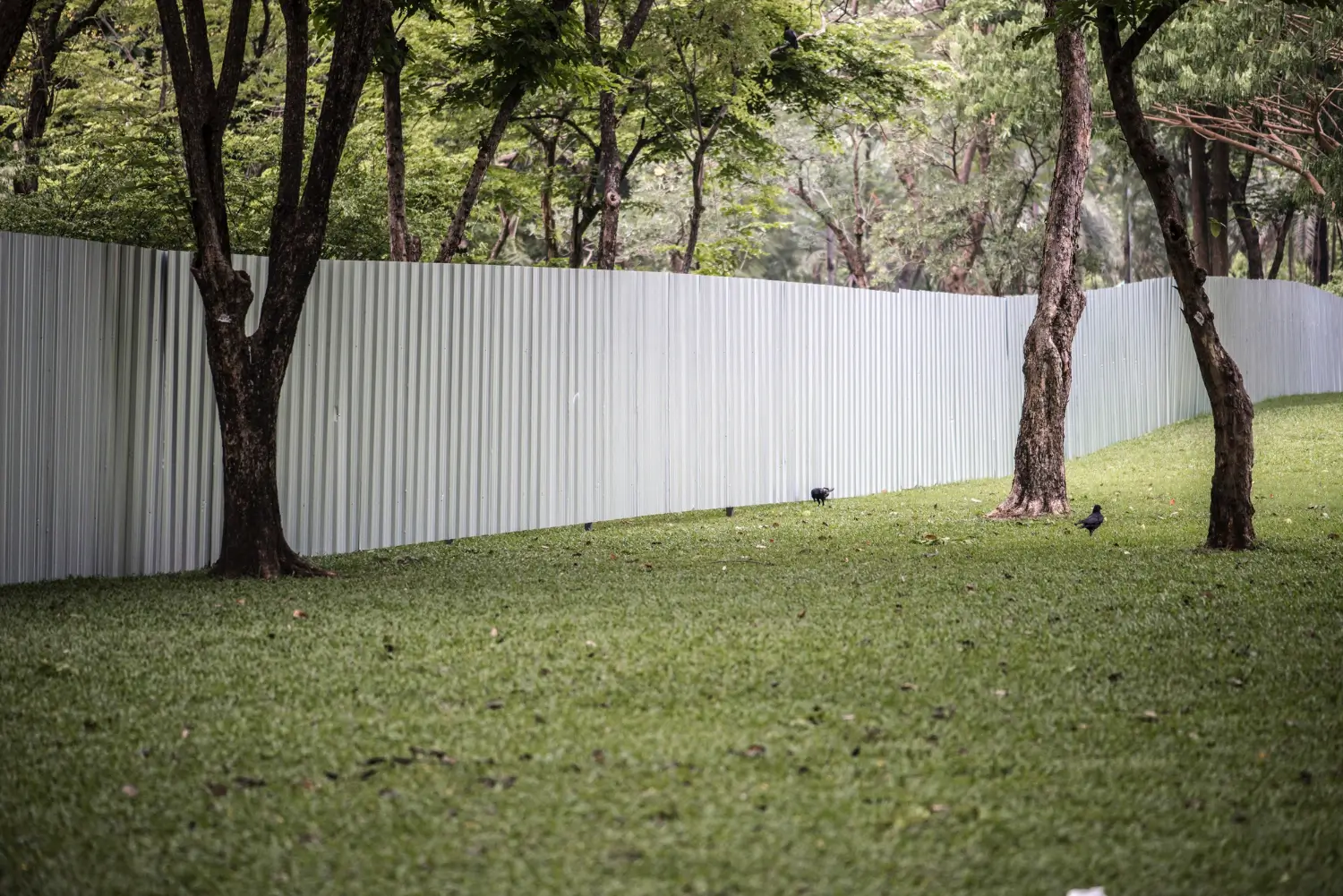
Construction Tips & Techniques
Victor Miller

Maintenance & Equipment Tips
Victor Miller

Soil Health & Fertilization
Victor Miller

Organic Gardening
Gina Lazaarus
My Account
Our team is always here to help.
We are open Monday - Friday, 9:00 AM to 4:30 PM PST.